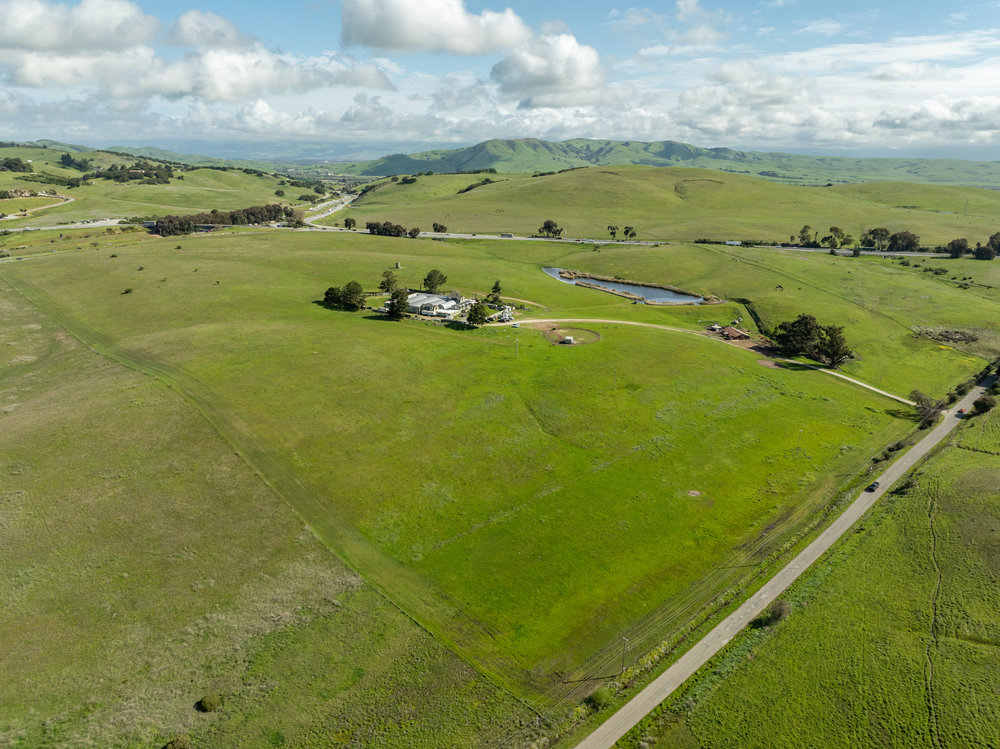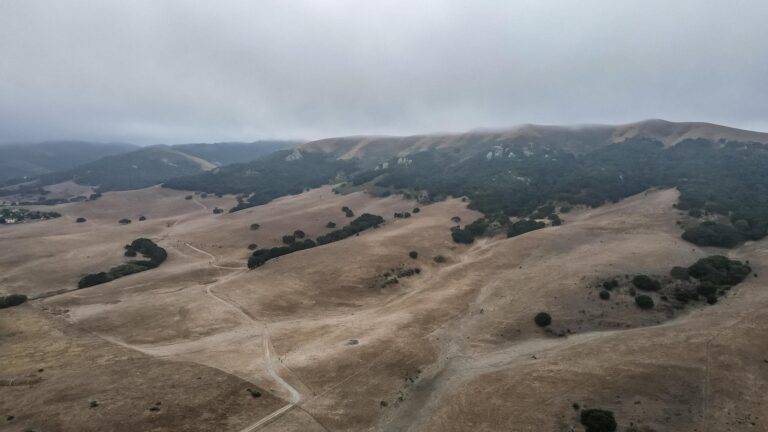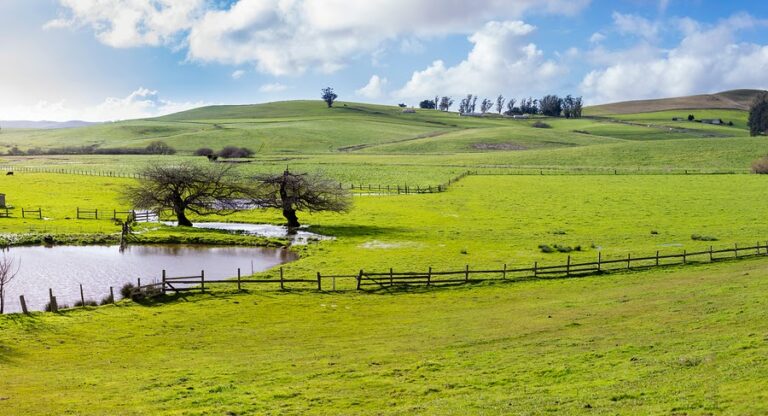Understanding Land Use Regulations in Central California: A Guide for Property Buyers
When you’re buying land or property in Central California—whether it’s a small parcel on the outskirts of Hollister, a ranch in San Benito County, or a lot with commercial potential—it’s critical to understand the land use regulations that apply to that property. These rules can directly impact whether you can build, farm, subdivide, or operate a business on your land.
If you’re wondering, “Can I build on my land in California?” or “How do I find the zoning for my property?” — this guide is for you. We’ll break down the essentials of zoning laws, land restrictions, and what to know before buying land in the Central Valley or Central Coast.
What Are Land Use Regulations?
Land use regulations are local, state, and sometimes federal laws that control how land can be used and developed. They include:
-
Zoning laws
-
Permitted and conditional uses
-
Subdivision and lot split rules
-
Building setbacks and height limits
-
Environmental overlays
-
Williamson Act contracts
-
General Plans and Sphere of Influence boundaries
These rules vary between cities and counties—making it essential to review each property’s details before you buy.
Why Land Use Matters for Property Buyers
Before purchasing property, ask: What can I do with this land? You need to verify that your intended use is allowed under current zoning laws and local restrictions. Examples:
-
Building a home or ADU? Check for minimum lot sizes and residential zoning.
-
Starting a farm or vineyard? Look for AG or AR zoning, and water access.
-
Investing in commercial use? Review General Plans and zoning overlays.
Don’t assume you can build or develop without confirming—get the facts first.
How to Check Zoning on a Property in Central California
-
Use Online GIS Maps
San Benito, Monterey, and Santa Clara counties offer GIS mapping tools to identify zoning by APN or address. -
Call the Planning Department
Speak with a planner about permitted uses, zoning confirmation letters, and future zoning changes. -
Review the General Plan
This shows the city or county’s long-term goals for land use and development.
Williamson Act Explained
Many rural properties are enrolled in the Williamson Act, a tax-saving program for agricultural landowners.
Benefits:
-
Lower annual property taxes
Limitations:
-
Restrictions on non-ag uses
-
Difficult to develop or subdivide
Learn more here: What is the Williamson Act and how does it affect buyers?
Other Land Use Considerations
-
Environmental restrictions like wetlands or wildlife habitats
-
Road access and easements
-
Septic, well, and utility limitations in rural areas
-
Slope stability and soil type (especially in hillsides)
Before You Buy: Land Use Checklist
✅ Confirm Zoning and General Plan
✅ Ask if the property is under the Williamson Act
✅ Identify nearby infrastructure (roads, power, water)
✅ Review environmental overlays or flood zones
✅ Work with a local expert familiar with California zoning laws
Get Expert Help from San Benito Realty
We’ve been helping buyers navigate land use in San Benito and surrounding counties since 1959. Whether you’re looking for a homesite, farm, or investment property, we’ll help you understand what’s possible—and what’s not.
👉 Browse available land listings
📞 Contact us for a free consultation







